Have you ever wondered how some businesses manage to achieve sky-high conversion rates with their cold email campaigns while others struggle to get even a single response? What if we told you that the secret lies in a combination of well-crafted strategies, effective tools, and a deep understanding of your target audience? In this comprehensive guide, we will unravel the mystery behind boosting cold email conversion rates in 2024 and share valuable tips and best practices that can transform your cold emailing game.
Dive in as we explore the concept of cold email conversion rate, its importance, and the factors that impact it. We will also discuss proven strategies and techniques that can significantly improve your cold email campaign’s performance and help you connect with potential customers like never before.
Key Takeaways
- Understanding and optimizing cold email conversion rate is essential for successful campaigns.
- Personalization, content, timing & frequency are key factors impacting rates. Strategies such as A/B testing, segmentation & follow-up emails can help improve them.
- Professional platforms and analytics tools enable users to track performance and optimize conversion rates.
Understanding Cold Email Conversion Rate
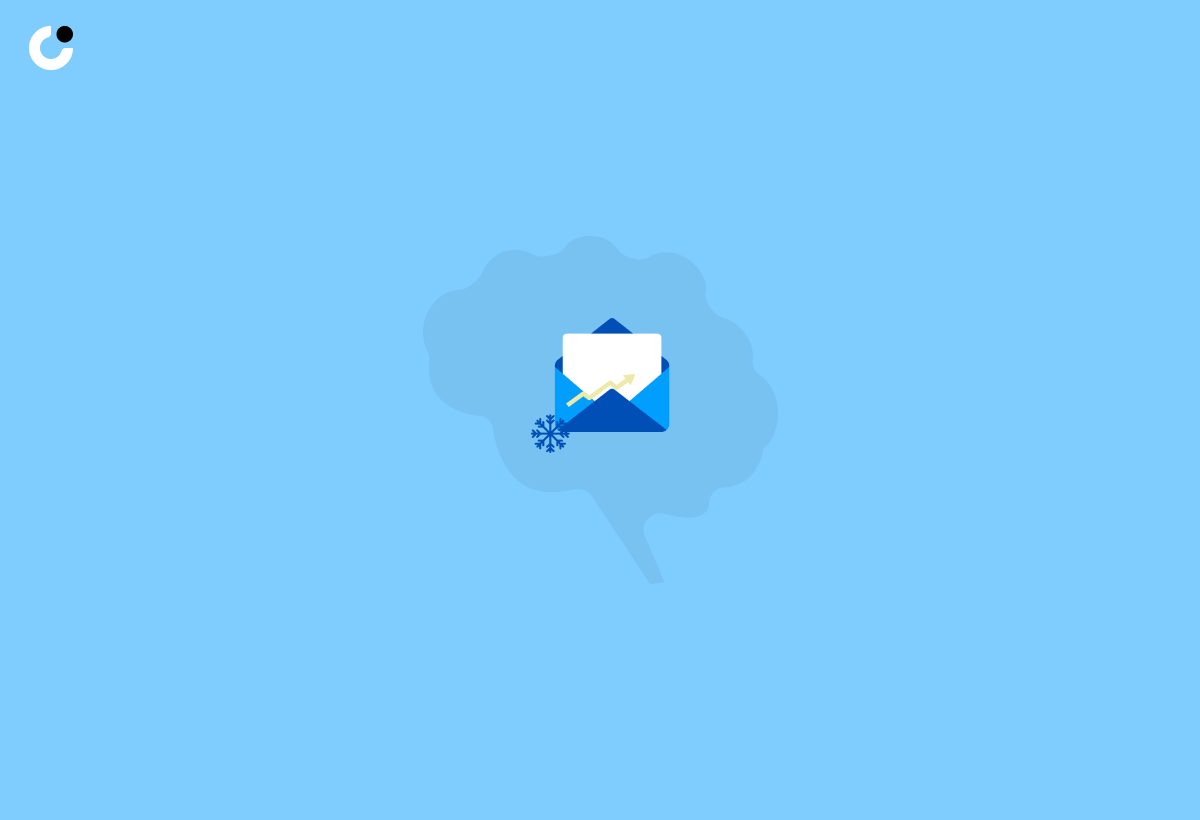
Cold email conversion rate is a critical metric that reveals the percentage of email recipients who interact with your message and then take the intended action, such as signing up for a newsletter or making a purchase. This average response rate can be the key to measuring the success of your cold email campaigns and optimizing them for better cold email response rates. With the competitive nature of sales and marketing, it’s vital to comprehend and enhance your cold email conversion rate to maintain a competitive edge. By analyzing cold email statistics, you can gain valuable insights to improve your strategy.
So, what defines a good cold email conversion rate, and how can one attain it? We’ll explore the concept of conversion rate and its significance in cold email campaigns.
Defining Conversion Rate
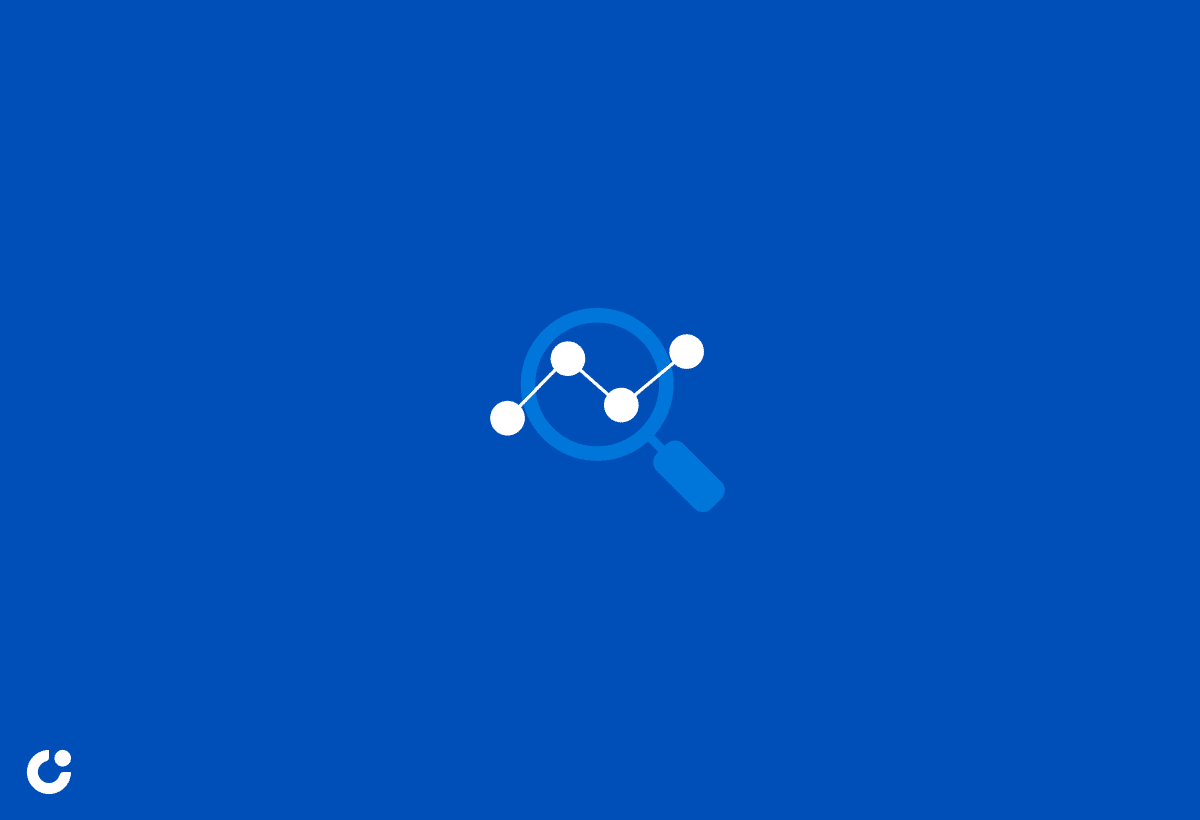
Conversion rate refers to the percentage of recipients who take a desired action after engaging with a cold email. This can be influenced by various factors, such as personalized subject lines, email content, and the quality of your call to action (CTA).
Although these figures can serve as a benchmark for your cold outreach campaigns, bear in mind that each target audience is unique and may react differently to your messages.
Grasping your average conversion rate is merely an initial step. The true test is in enhancing your cold email campaigns to consistently attain higher conversion rates. This brings us to the importance of conversion rate in cold email marketing.
Importance of Conversion Rate
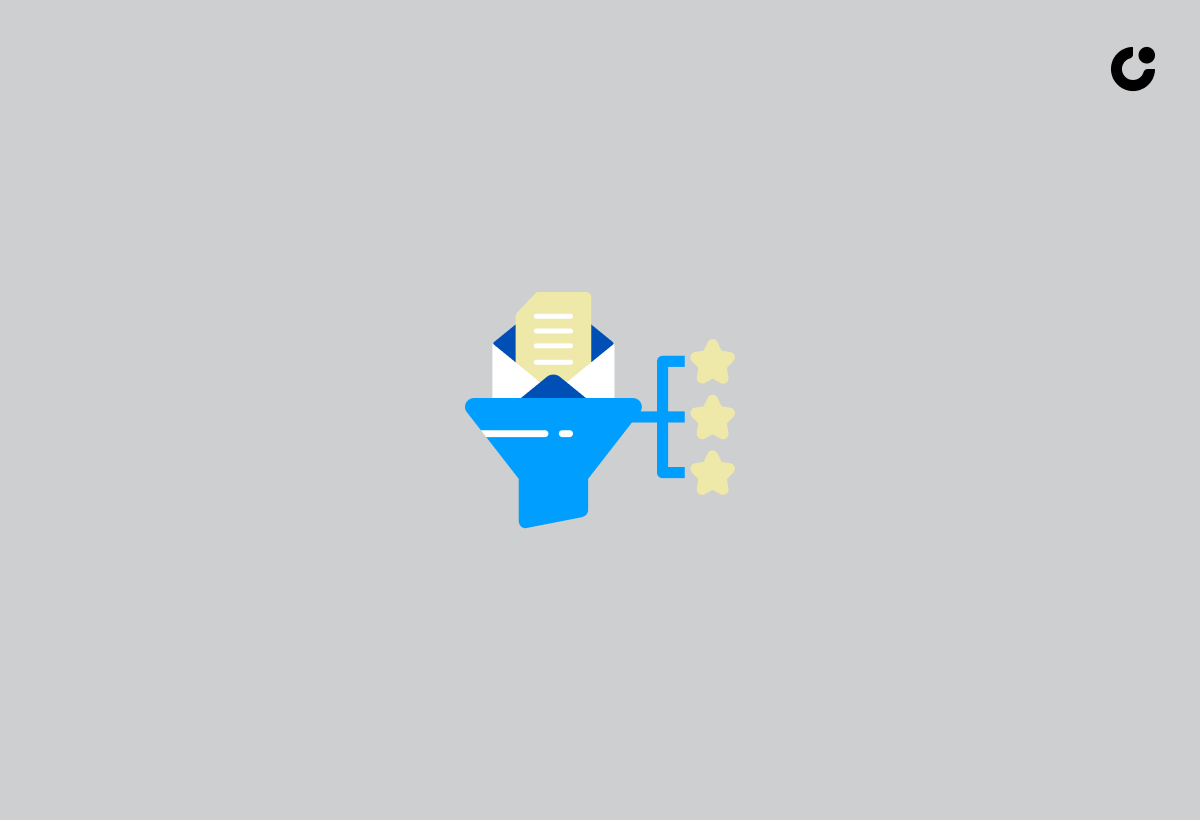
The importance of conversion rate cannot be overstated. It serves as a valuable metric for gauging the success of cold email campaigns and optimizing strategies to achieve better outcomes in the sales process. By tracking and analyzing your cold email conversion rate, you can gain insights into the performance of your campaigns, including the average response rate, open and reply rates, and areas for improvement.
Monitoring response rates in cold email campaigns is essential to assess the efficacy of your efforts and compare their effectiveness with other outreach methods, such as cold calls. This information enables you to make informed decisions to increase conversion rates and ultimately drive more sales for your business.
Now that we understand the significance of cold email conversion rate let’s delve into the factors that impact it.
Factors Impacting Cold Email Conversion Rates
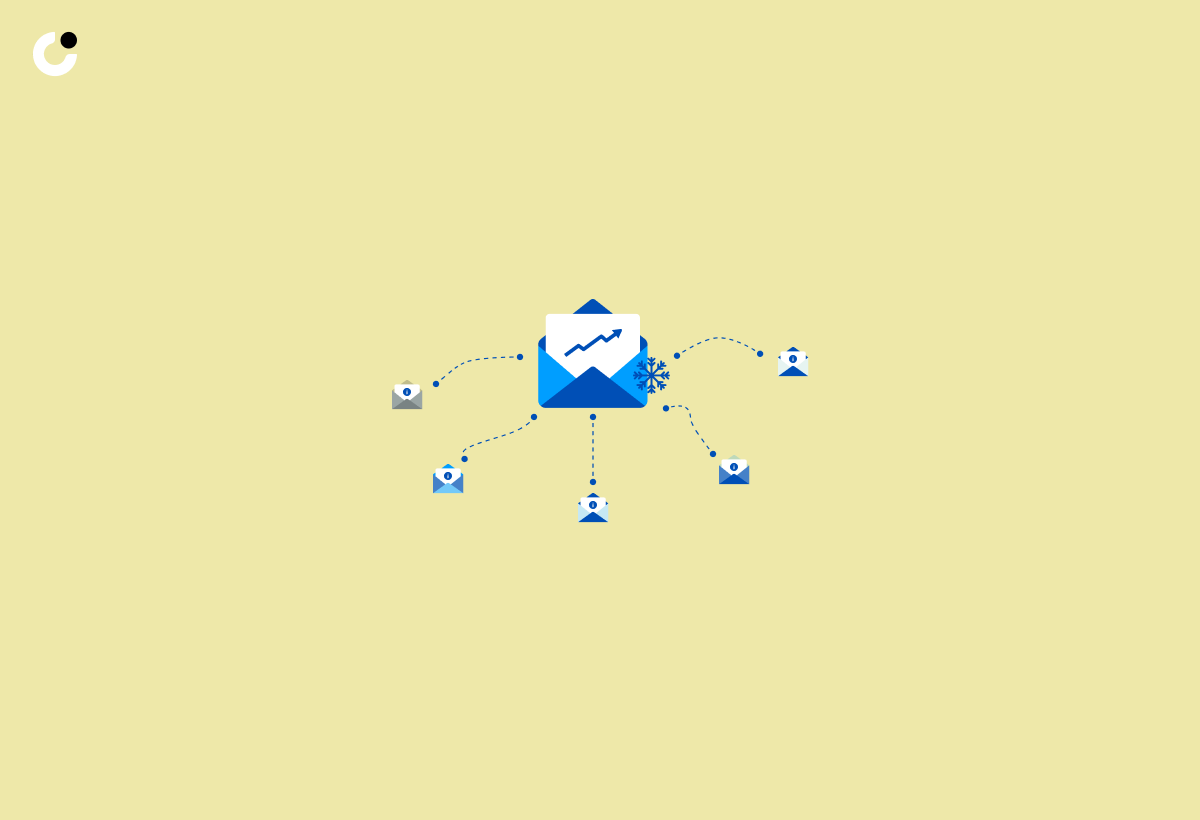
Several factors can impact the response rate of cold emails, including:
- Personalization: Personalizing your cold emails can result in higher open rates and make the message more relevant to the recipient, which can help in reaching potential customers.
- Email content: Crafting engaging and relevant email content that is concise and direct, with a clear call to action, can significantly impact the success of your cold email campaigns.
- Timing and frequency: Sending emails at optimal times, such as on Tuesdays and Thursdays, can boost open rates. Striking a balance in email frequency is essential to prevent email fatigue and irritation.
We’ll examine each of these factors and their potential impact on your cold email conversion rates.
Personalization
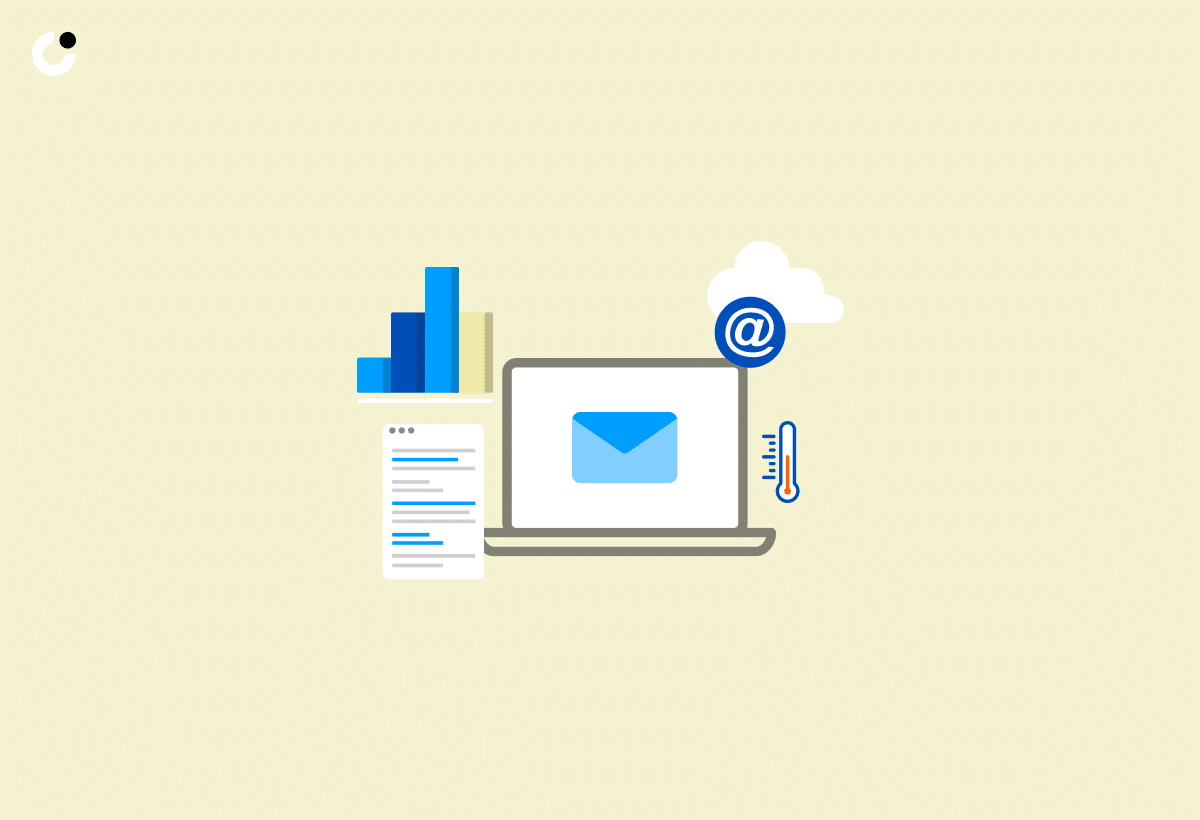
Personalization significantly contributes to elevated conversion rates by fostering a sense of connection and engagement with the email content among recipients. By tailoring your message to the specific needs and interests of each recipient, you increase the likelihood of receiving a reply. Personalizing your cold emails can be achieved through a variety of methods, such as using the recipient’s name or job title, mentioning a shared connection, or addressing a pain point that is relevant to their industry. Implementing personalized emails in your marketing strategy can make a significant impact on your success.
In addition to personalizing the body of your email, crafting personalized subject lines can have a significant impact on your open and reply rates. A captivating and personalized subject line can grab the attention of your recipient and make them more likely to open and engage with your email. By combining personalization techniques with relevant and engaging content, you can create a powerful cold email that resonates with your target audience and boosts your conversion rates.
Email Content
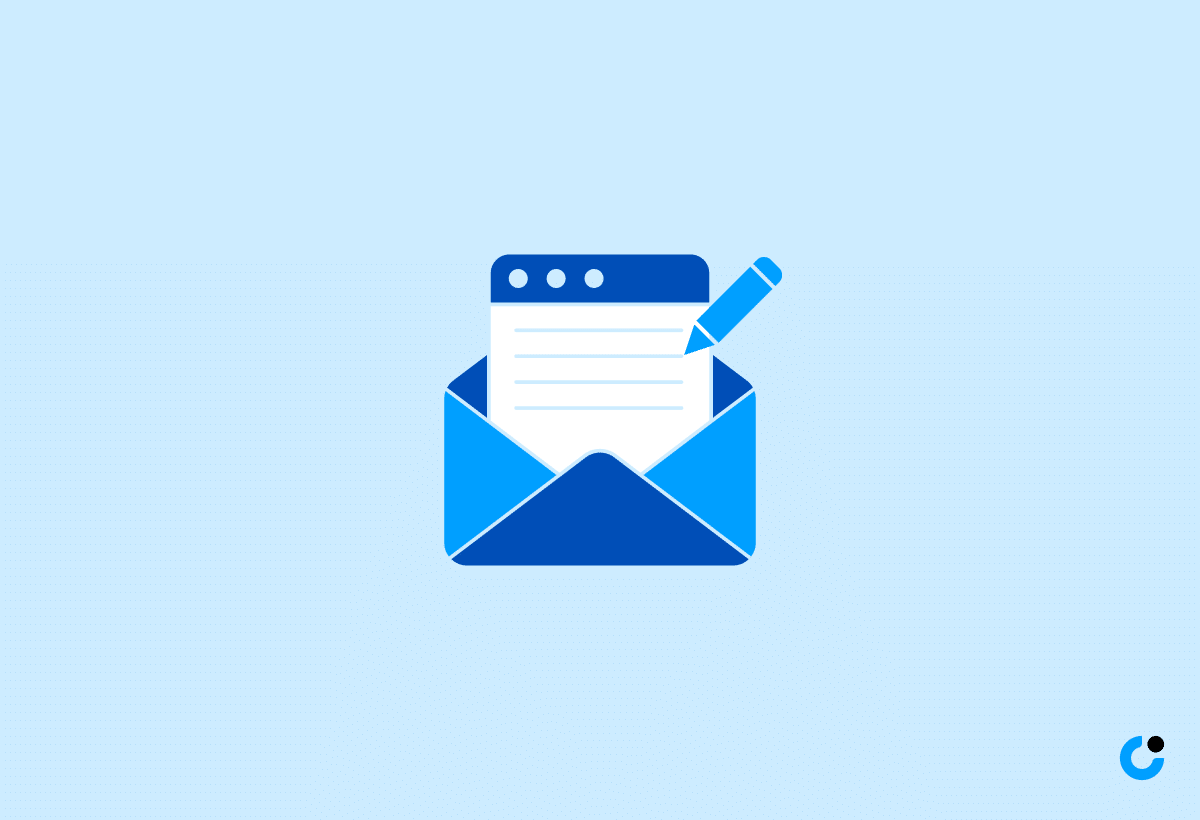
The significance and relevance of email content can profoundly influence conversion rates, as it shapes the recipient’s perception of the email’s value and their willingness to act on it. To create effective cold email content, focus on crafting:
- A concise and clear value proposition
- An engaging subject line
- A call to action that encourages the recipient to take the next step in the sales funnel.
Avoid using generic and spammy language, as it can harm your sender reputation and increase the chances of your email landing in the spam folder. Instead, concentrate on establishing a genuine connection with the recipient by addressing their pain points and offering a solution that aligns with their needs.
Creating pertinent and captivating cold email subject lines can remarkably enhance your average cold email response and conversion rates through effective cold emailing.
Timing & Frequency

The timing and frequency of emails also contribute significantly to the success of cold email campaigns by affecting the recipient’s chances of engaging with the content and performing the desired action. Research suggests that the ideal time to send a cold email is between 1 PM and 4 PM, while the optimal day for higher open rates is Tuesday. Avoid sending cold emails on weekends, as recipients are less likely to check their mail during this time.
Striking a balance in the frequency of your cold emails is crucial to prevent overwhelming your recipients and causing email fatigue. Sending too many emails in a short period may lead to annoyance and a decrease in engagement, while sending too few emails may result in missed opportunities.
Optimizing the timing and frequency of your cold emails can enhance your conversion rates and result in more successful cold email campaigns.
Strategies to Improve Cold Email Conversion Rates
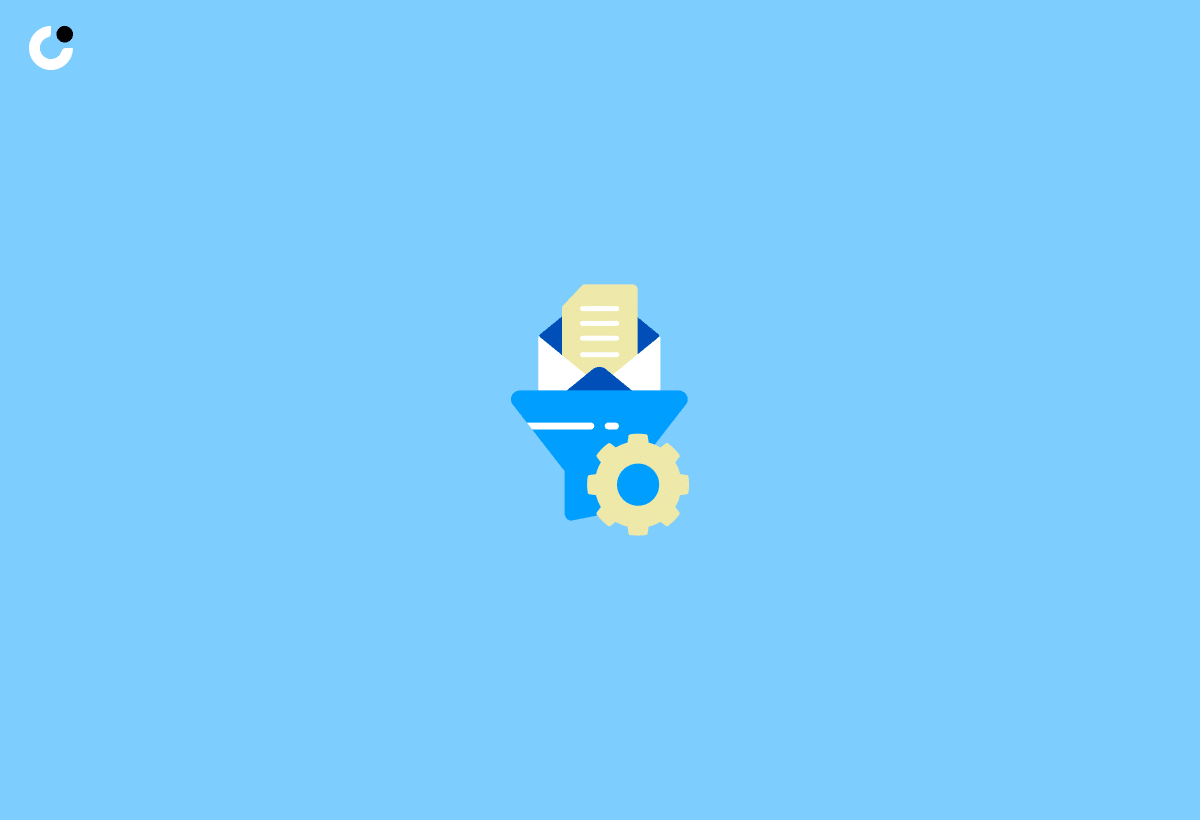
To optimize your cold email conversion rates, several strategies can be employed, such as:
- A/B testing: This allows you to compare different versions of your email to determine which one yields improved results.
- Segmentation: This enables you to organize your email list into smaller, more focused groups, allowing you to create personalized and targeted emails that resonate with each segment.
- Follow-up emails: These serve as an effective reminder to recipients of the initial email, providing an opportunity to take the desired action and increase conversion rates.
We’ll examine each of these strategies and their potential to enhance your cold email conversion rates.
A/B Testing
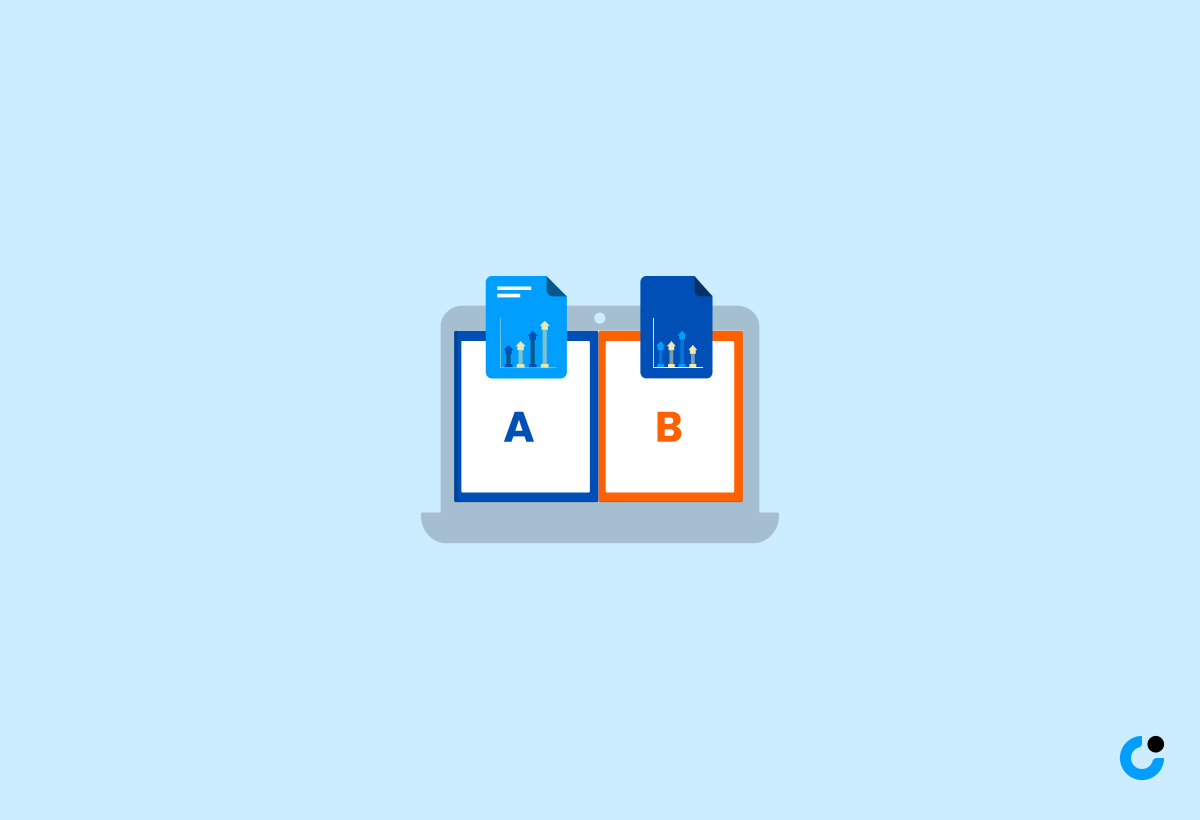
A/B testing offers a robust approach to boosting your cold email conversion rates by enabling you to experiment with different email variations and identify the version that achieves superior engagement and conversions.
Here’s how it works:
- Send two versions of your email to a limited sample of your audience.
- Observe the conversion rates for each version.
- Identify which version yields better results.
- Use that version to send to the remainder of your audience.
By using A/B testing, you can optimize your cold email strategy and increase your chances of success.
Testing different components of your email, such as subject lines, call-to-action buttons, or email copy, can provide valuable insights into what resonates with your target audience and help you optimize your email content for increased conversion rates.
By continuously A/B testing and refining your cold email campaigns, you can ensure that your messaging remains relevant, engaging, and effective in driving conversions.
Segmentation
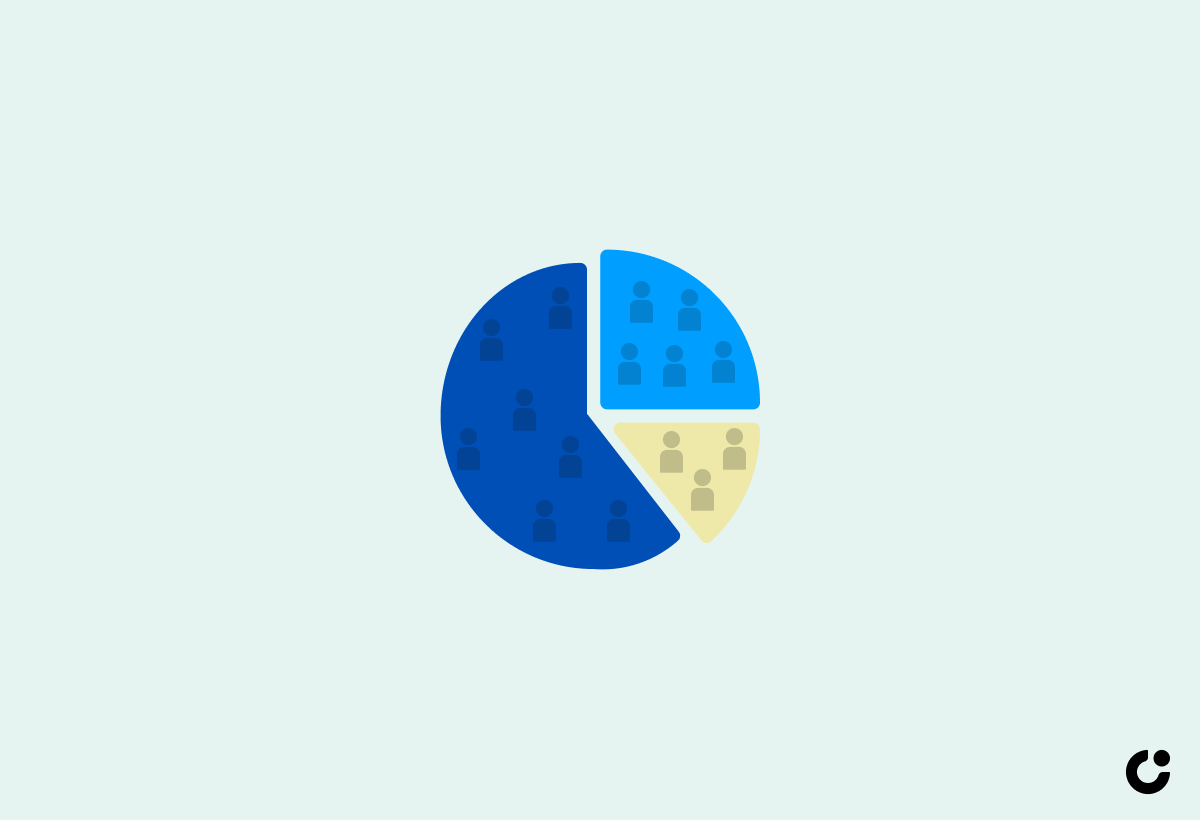
Segmentation serves as another key strategy for enhancing your cold email conversion rates. By dividing your email list into smaller, more targeted segments based on criteria such as demographics, interests, or behavior, you can create tailored email content and messaging for each segment. This approach not only increases the relevance of your cold email campaigns but also improves the likelihood of engagement and conversions.
For example, if your target market consists of businesses in different industries, you can segment your email list based on industry type and create customized emails that address the unique pain points and needs of each industry. By doing so, you increase the chances of your email resonating with recipients and ultimately boost your conversion rates.
Follow-up Emails
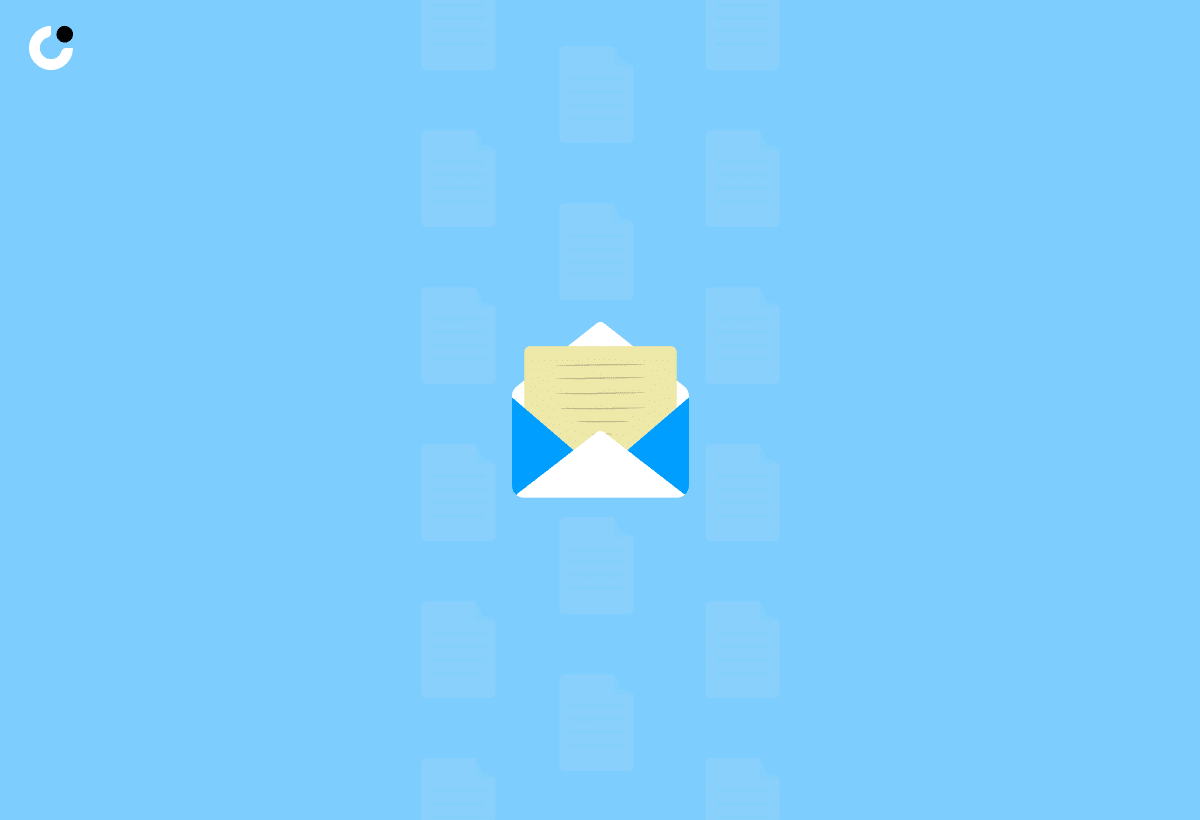
Follow-up emails also form an integral part of a successful cold email campaign. By sending follow-up emails after the initial email, you can remind recipients of your offering, furnish additional information, or address any concerns they may have. Research indicates that sending 4-7 follow-up emails is more effective than 1-3, but it’s essential to space out these emails over time to avoid overwhelming your recipients.
Crafting personalized and friendly follow-up messages can increase the likelihood of engaging with prospects and converting them into customers. Additionally, following up with prospects demonstrates tenacity and can help boost response rates. By incorporating strategic follow-up emails into your cold email campaigns, you can further improve your conversion rates and drive more sales.
Tools & Techniques for Boosting Conversion Rates
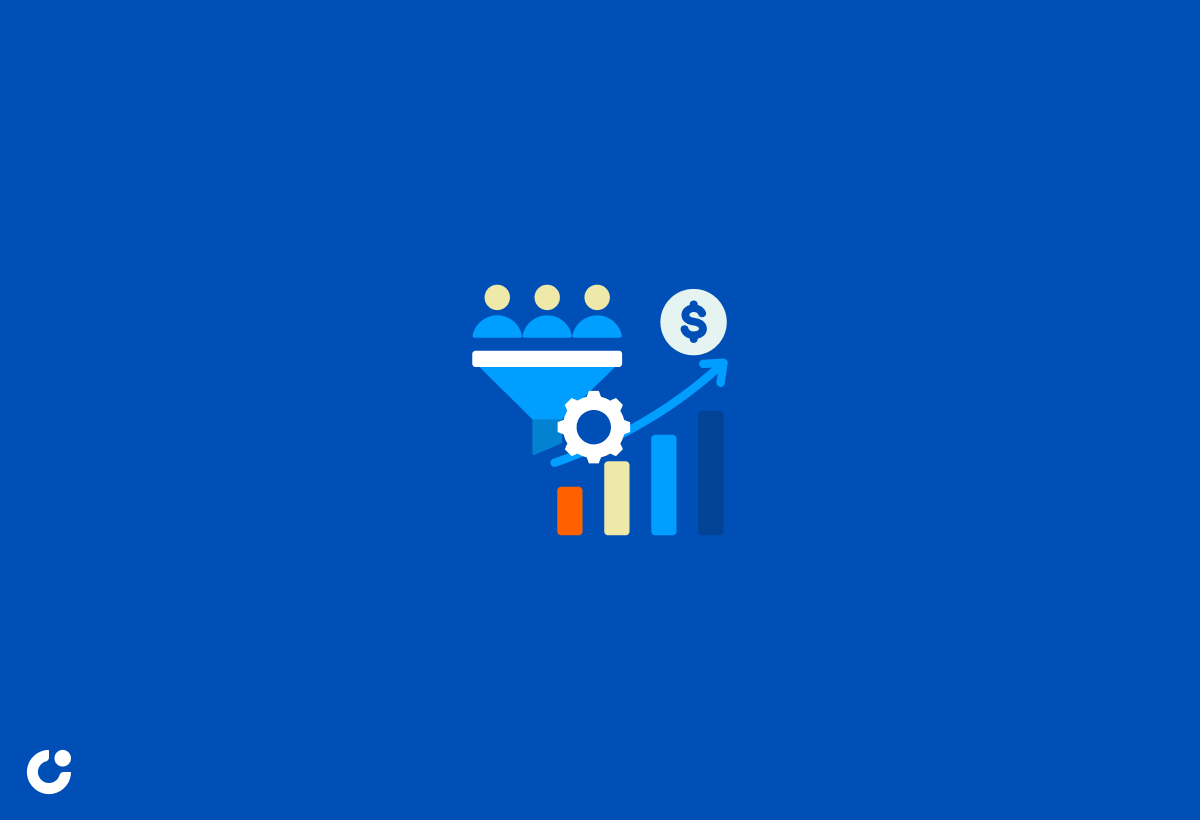
Apart from the strategies mentioned above, various tools and techniques can help you boost your cold email conversion rates. Email marketing platforms and analytics and tracking tools play a significant role in optimizing your cold email campaigns. By employing these tools, you can automate and streamline your cold email efforts, track the performance of your campaigns, and make data-driven decisions to improve your conversion rates.
We’ll examine some of the most efficient email marketing platforms and analytics and tracking tools designed to boost cold email conversion rates.
Email Marketing Platforms

Email marketing platforms can be a game-changer for your cold email campaigns. These platforms provide a variety of features and tools that help you automate and optimize your email marketing efforts, making it easier to track and improve your conversion rates. Some of the top email marketing platforms for boosting conversion rates include:
- Salesforce Marketing Cloud
- Marketo Engage
- HubSpot Marketing Hub
- SAS Customer Intelligence 360
- OptinMonster
- TrustPulse
- Brevo (formerly Sendinblue)
These platforms offer features such as:
- Visual editors
- CRM integration
- Analytics and reports
- Autoresponders
- CAN-SPAM compliance
These features are essential for optimizing your cold email campaigns and enhancing your conversion rates. By leveraging the power of email marketing platforms, you can streamline your cold email efforts and achieve better results.
Analytics & Tracking
Analytics and tracking tools are another essential component of a successful cold email campaign. These tools offer invaluable insights into the performance of your cold email campaigns, enabling you to make informed decisions for optimizing your conversion rates. By tracking key metrics such as:
- Response rate
- Conversion rate
- Open rate
- Click-through rate
- Unsubscribe rate
- Bounce rate
- Revenue generated
You can gain a better understanding of the effectiveness of your cold email campaigns and identify areas for improvement.
Some of the top analytics and tracking tools for optimizing cold email campaigns include:
By incorporating these tools into your cold email efforts, you can ensure that you are making data-driven decisions and continuously improving the performance of your campaigns.
Case Studies: Successful Cold Email Campaigns

Having discussed the strategies, tools, and techniques for enhancing cold email conversion rates, we will now examine case studies of successful cold email campaigns by Company A and Company B to understand how they utilized these strategies and tools to achieve commendable results.
In the following sections, we will explore the cold email campaigns of Company A and Company B, highlighting the strategies and tools they utilized to achieve high conversion rates.
Company A

Company A is a business that employed various strategies to enhance their cold email conversion rates, such as utilizing a company email address, personalizing their emails, and ensuring brevity. They focused on crafting concise, value-added emails that addressed the pain points of their target audience and provided a clear call to action.
By implementing a combination of email marketing platforms, analytics, and tracking tools, Company A was able to optimize their cold email campaigns and achieve impressive conversion rates. Their successful endeavors validate the effectiveness of the strategies and tools discussed in this guide, underscoring the potential of well-crafted cold email campaigns in driving sales and generating revenue.
Company B

Company B, a marketing communications agency, also employed a combination of email marketing platforms, analytics and tracking tools, and personalization tools such as Hyperise to optimize their cold email conversion rates. Their objective was to establish relationships with prospective clients and create meaningful engagement.
Company B’s successful cold email campaign, which resulted in high conversion rates, can be attributed to their focus on adding value for their recipients and addressing their pain points. Their success showcases the power of implementing the right strategies and tools to optimize cold email campaigns and achieve remarkable results.
Summary
In conclusion, boosting cold email conversion rates in 2024 requires a combination of effective strategies, tools, and a deep understanding of your target audience. By focusing on personalization, crafting engaging email content, optimizing timing and frequency, employing A/B testing, segmentation, and follow-up emails, you can significantly improve the performance of your cold email campaigns.
The success stories of Company A and Company B serve as a testament to the power of these strategies and tools in driving sales and generating revenue. By implementing the tips and best practices discussed in this guide, you too can transform your cold email game and achieve impressive conversion rates in 2024 and beyond.
Frequently Asked Questions
What is a good cold email conversion rate?
A good cold email conversion rate is typically around 15%, however this can vary depending on the product, offer or target market. To gauge the success of your outreach campaign, follow the 30/30/50 rule which aims for a 30% open rate, 30% response rate and 50% conversion rate.
What is the ROI of cold emails?
Cold email outreach can provide access to the right decision-makers, creating a direct line of contact. The ROI of cold emails is high, making it a great option for gaining leads and conversions.
How do you calculate cold email conversion rate?
To calculate a cold email conversion rate, measure the bounce rate, open rate, and response rate of the emails sent. This provides an understanding of how many emails were received and responded to successfully.
What is the 30 30 50 rule for cold emails?
The 30/30/50 rule is a guide for email campaigns, suggesting you aim for a 50% open rate and a 30% response rate.
How can I personalize my cold emails to boost conversion rates?
Personalize your cold emails by using the recipient's name or job title, mentioning a shared connection, or addressing a pain point that is relevant to their industry to boost conversion rates.

